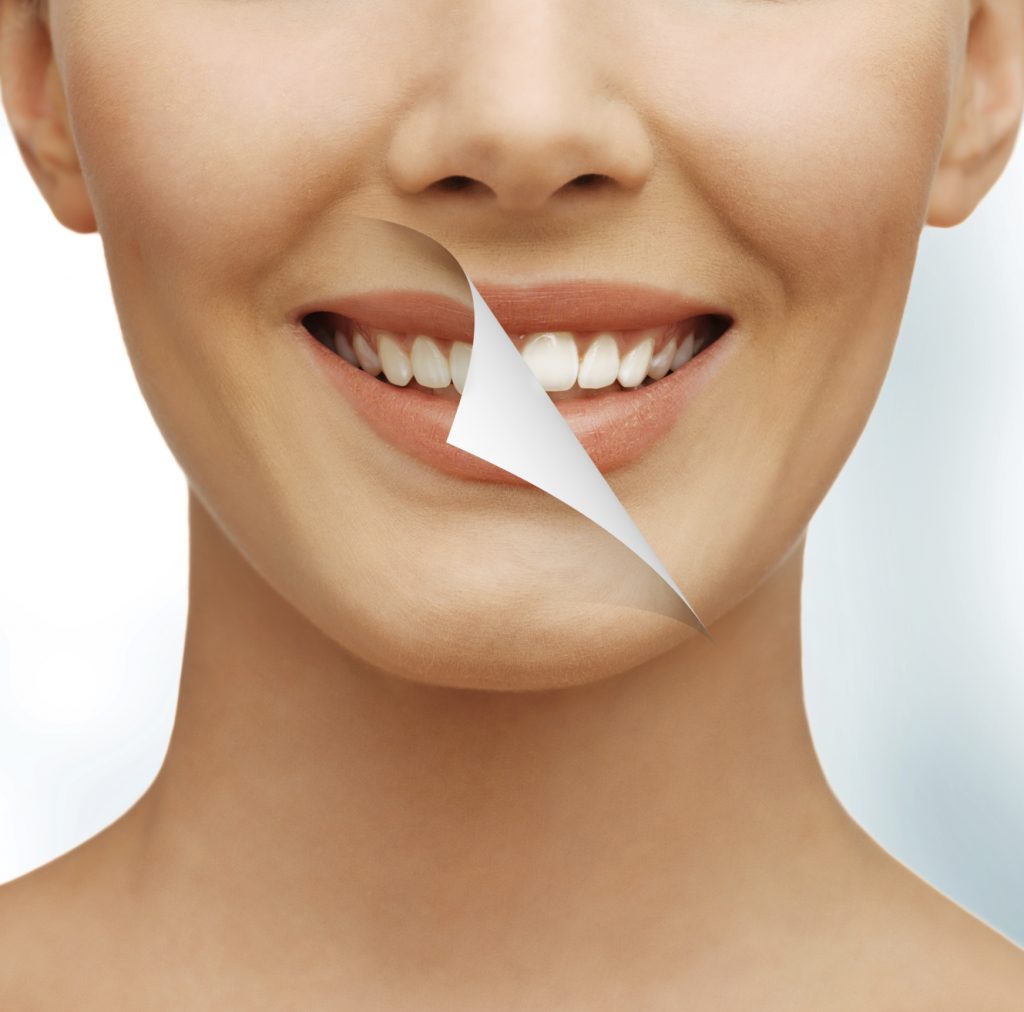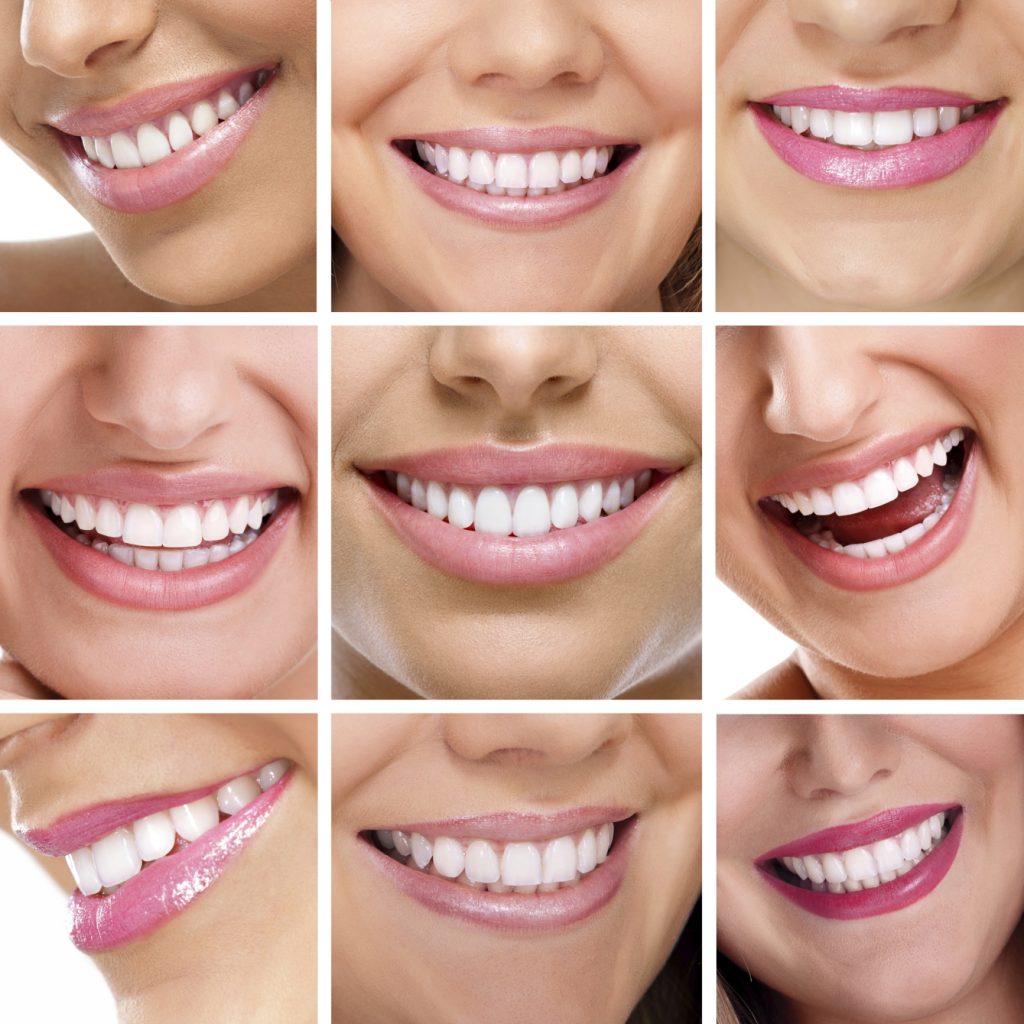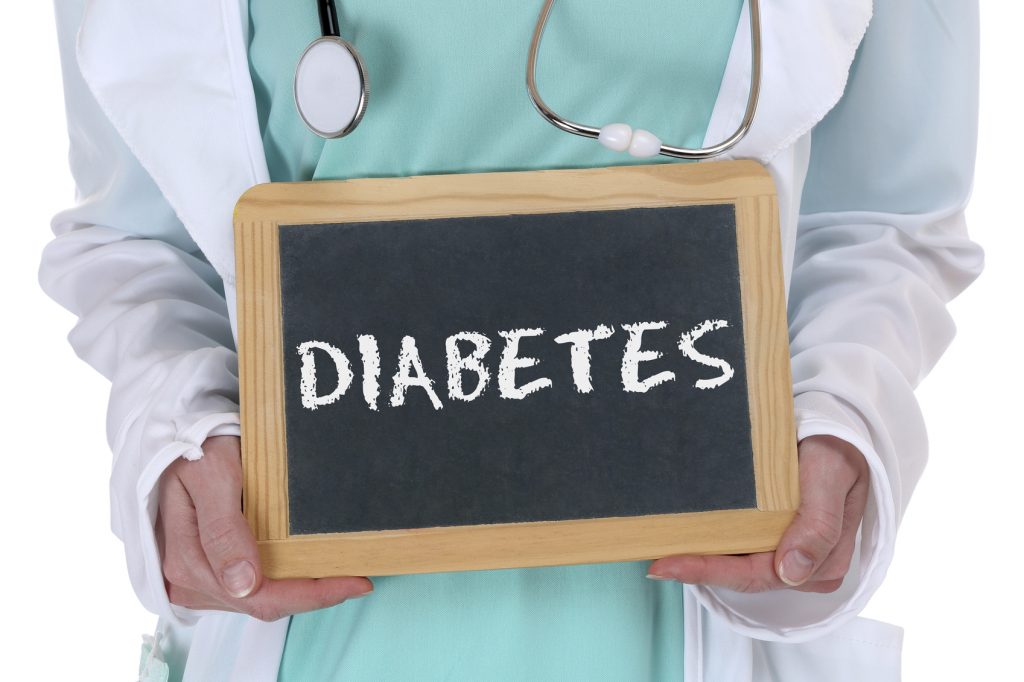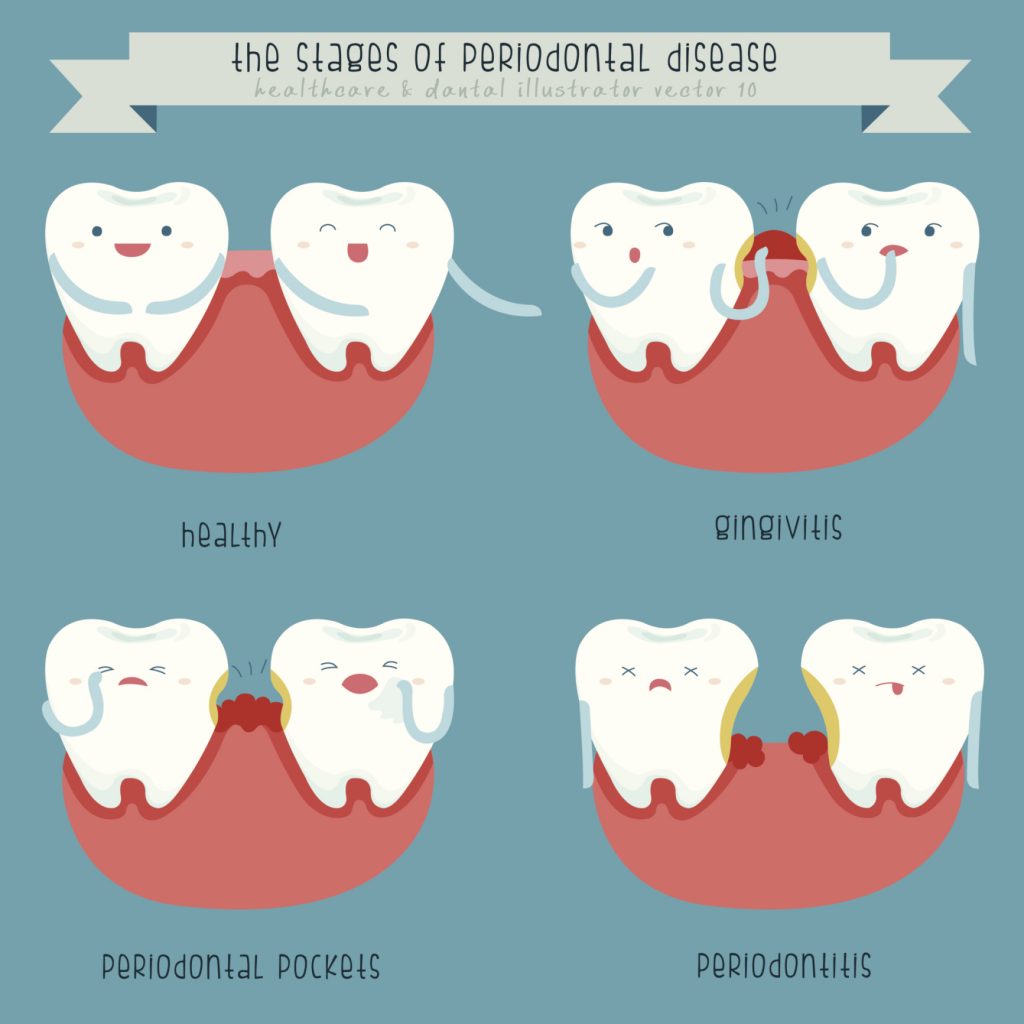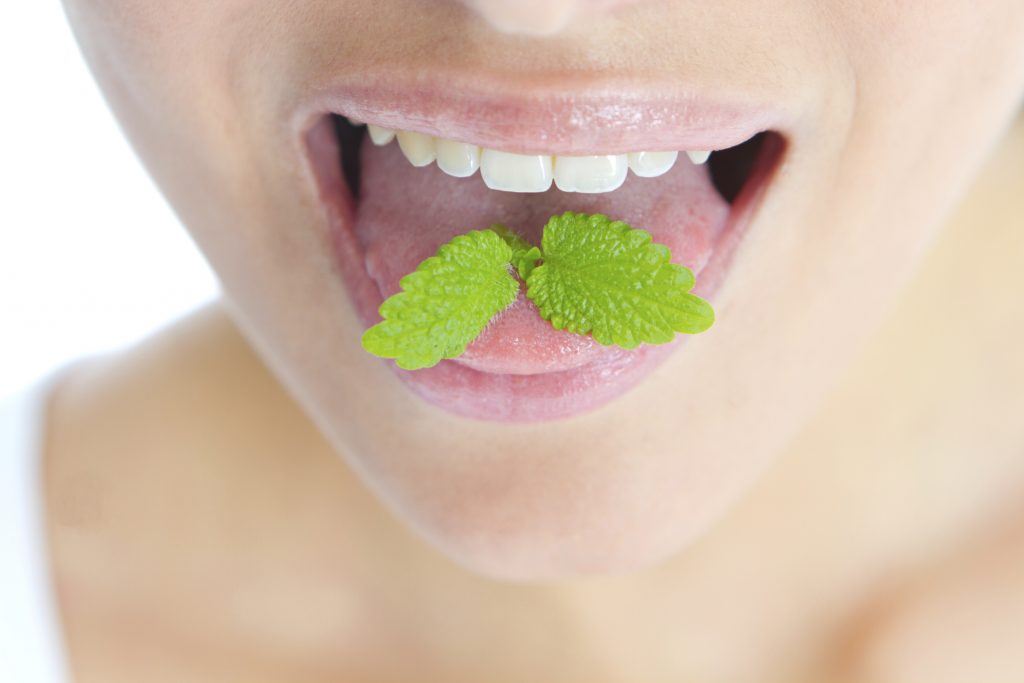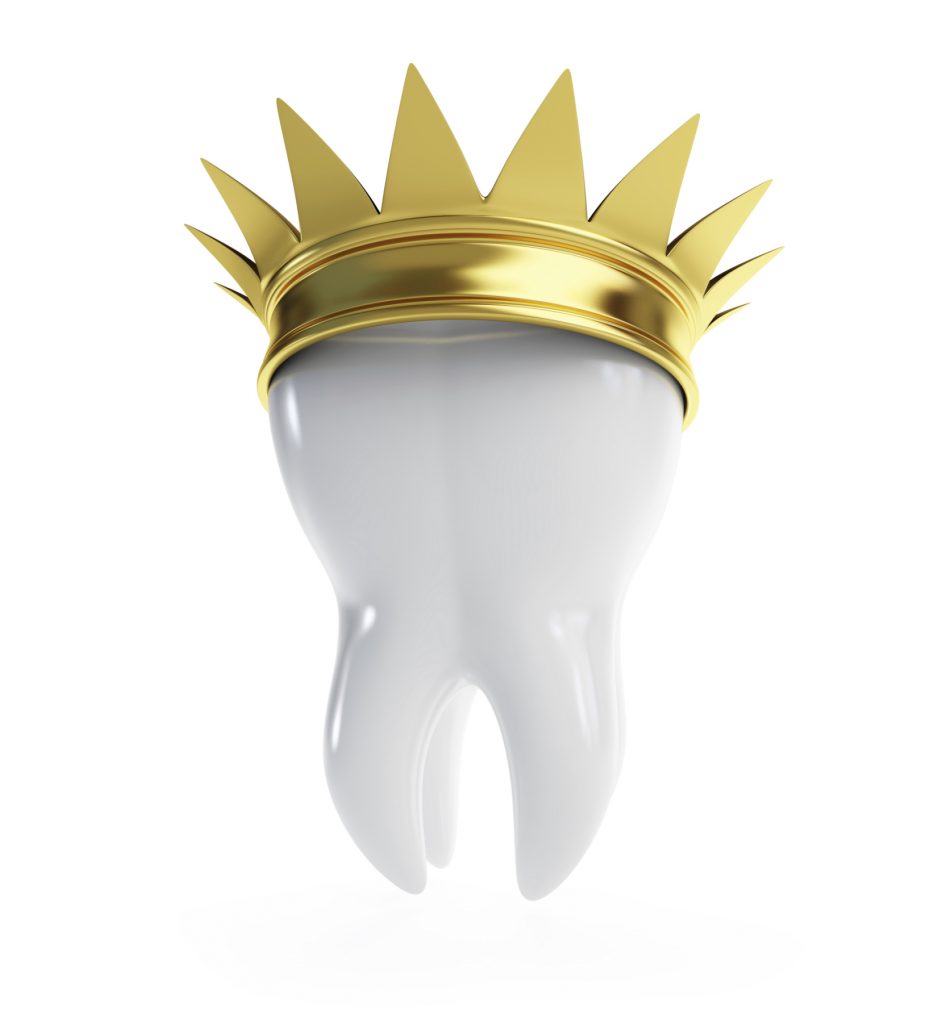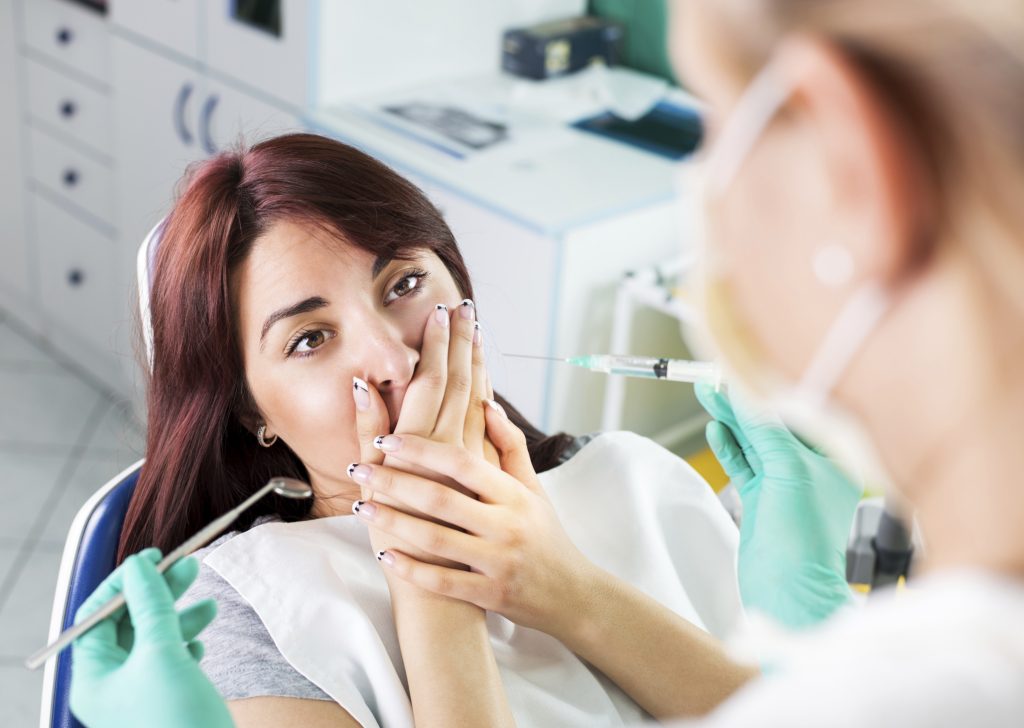
Proper dental care is imperative if you want a good dental checkup. We all know this. It’s ingrained in our heads as children – brush your teeth twice a day if you don’t want cavities. And as adults, we realize this is very true, because you’ve landed yourself a root canal. But what can you expect from this dental experience?
A root canal is a treatment to repair and save a badly damaged or infected tooth, rather than remove it. The procedure involves removing, disinfecting and filling the affected area of the tooth or the pulp. The most common reasons for the pulp to be damaged is a cracked tooth, or the development of a very deep cavity, as well as repeated dental treatment to the tooth, or trauma. Below is a list of steps of what you can expect from top to bottom.
X-ray. After a thorough check-up of your teeth, the dentist will take a few x-rays to double check if you really need a root canal and to see where the decay is located.
Anesthesia. Once you’re found to need a root canal, the endodontist or dentist will then administer local anesthesia to the affected tooth.
Pulpectomy. The dentist or endodontist then makes an opening to remove the diseased tooth pulp.
Fillings. Once the diseased pulp has been removed, the dentist then fills it with a gutta-percha material and finishes it off by sealing it with cement to prevent further bacterial growth.
After your procedure, your dental professional will give you some tips to a smooth recovery. Make sure to take them all to heart to avoid infection and other issues as it heals.
If you have questions or concerns about root canals, make an appointment today with Dr. Schnall at 212-247-7059 or visit our website at www.philipschnalldmd.com.
Dr. Philip Schnall proudly serves Central Park West and all surrounding areas.
